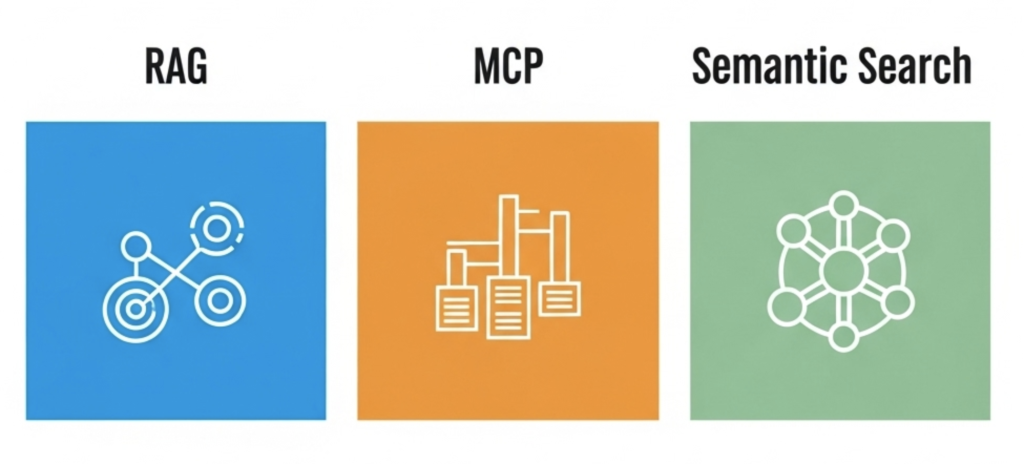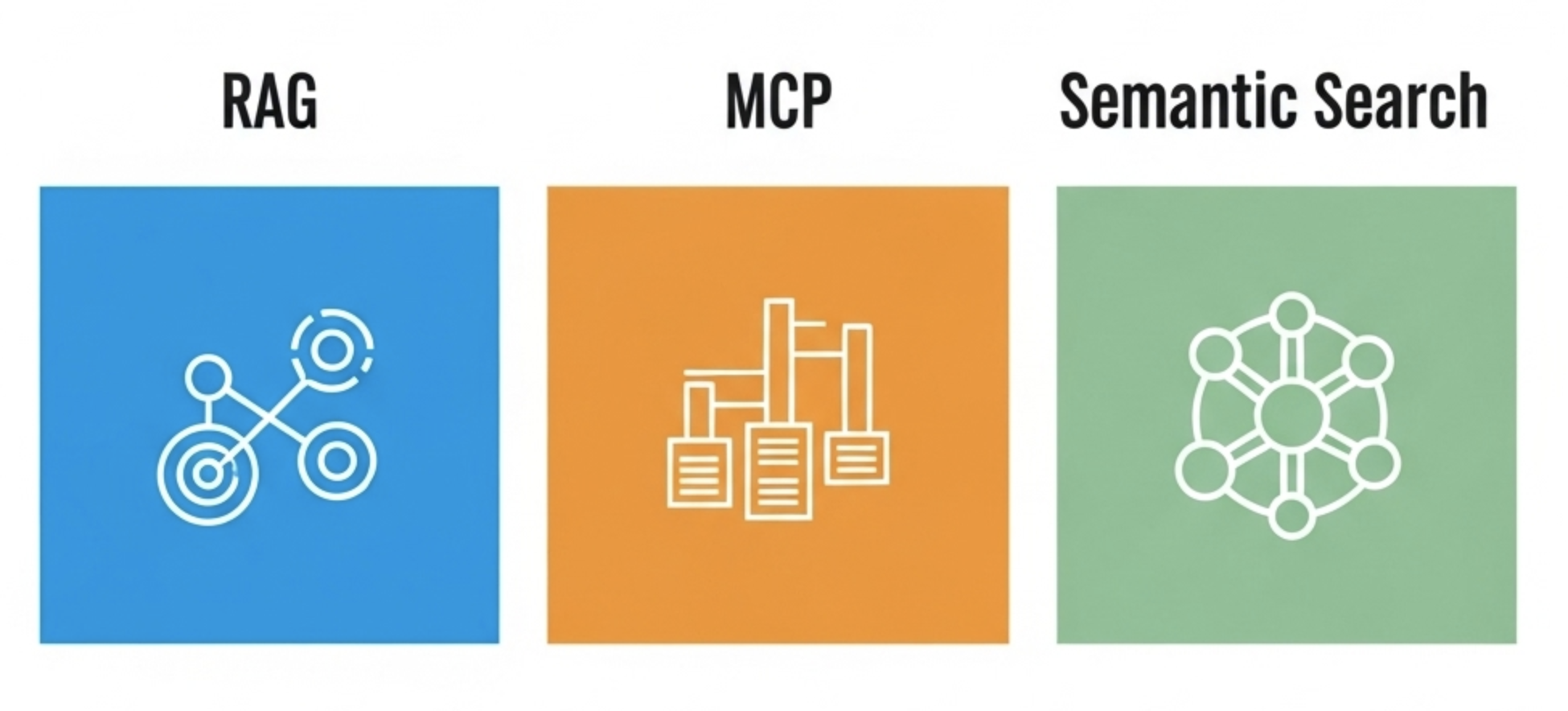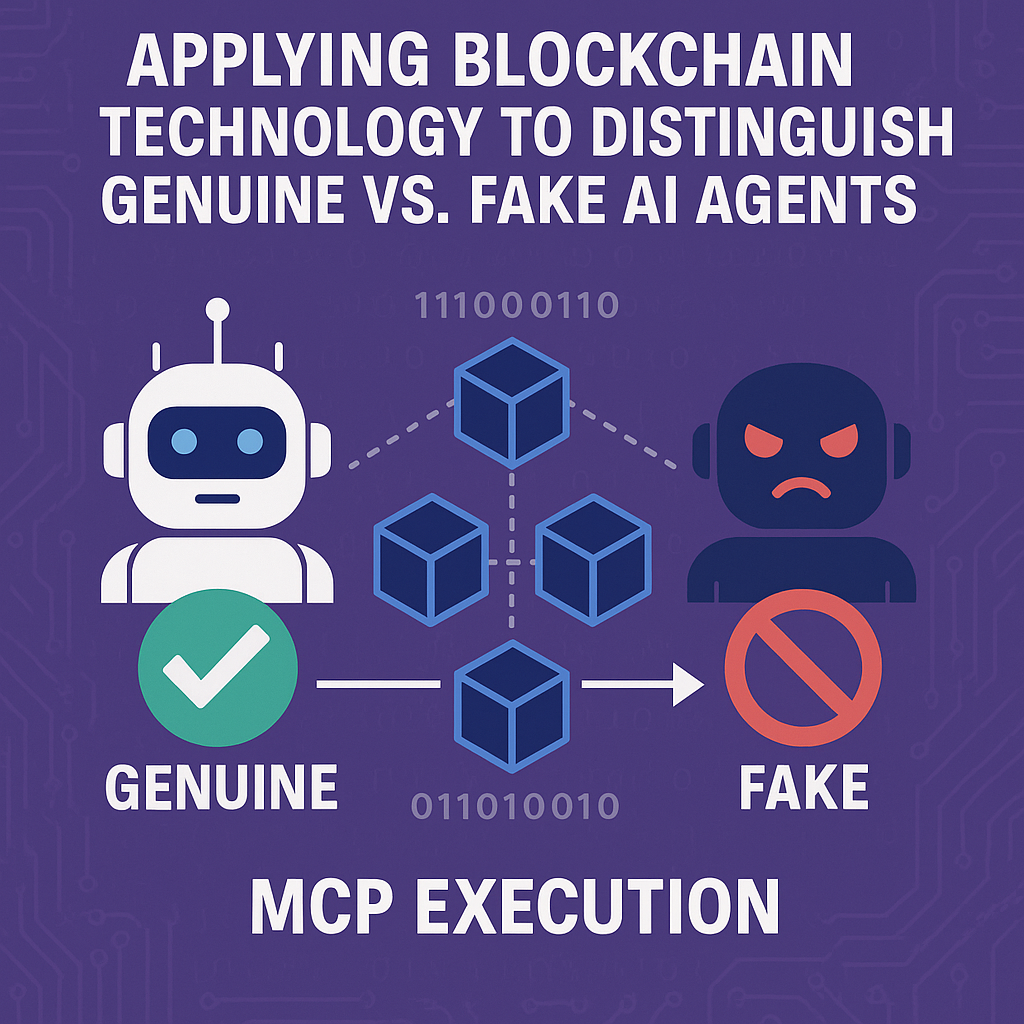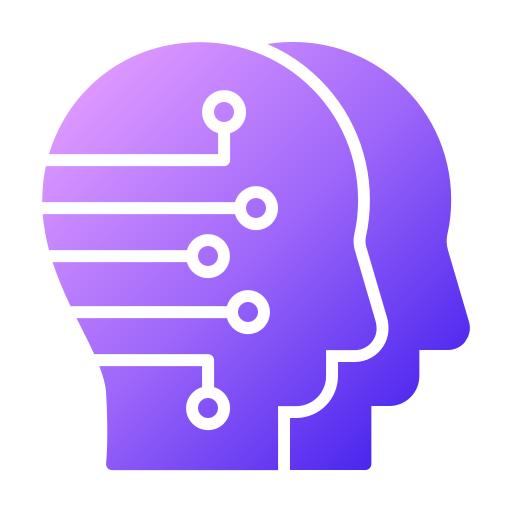
Creating the perfect shopping list on Shopify often starts with how we interpret a user’s text. While both aim to deliver relevant results, the underlying methods of MCP (Maximum Common Subsequence) and RAG (Retrieval-Augmented Generation) approach this task with fundamentally different philosophies. Understanding these differences is key to building more intelligent and intuitive e-commerce experiences.
The MCP Approach: Keyword Matching
The MCP method is all about direct text matching. When a user types something like “red t-shirt,” the system scans product names, descriptions, and tags within Shopify to find instances of “red” and “t-shirt.” It’s essentially a keyword-based search, prioritizing the exact presence of words or phrases.
How it works for shopping lists:
- Literal Matching: The system looks for exact keyword matches. If you search for “red t-shirt,” it seeks products explicitly containing both “red” and “t-shirt.”
- Limited Semantic Understanding: This method struggles with nuance. It won’t inherently understand that “warm jacket” could also mean a “wool jacket” if the word “warm” isn’t present in the product description.
- Efficiency for Specific Queries: For users who know precisely what they’re looking for and use clear keywords, MCP can be quite efficient and straightforward to implement.
Limitations:
- Poor Intent Understanding: It struggles to grasp complex or vague user intentions. A query like “birthday gift ideas” won’t yield meaningful results.
- Synonym Troubles: It can’t easily handle synonyms like “sneakers” and “athletic shoes” if they aren’t explicitly linked.
- Lack of Context: It doesn’t consider user history, preferences, or broader shopping context.
- Recall Issues: Highly relevant products might be missed if they don’t contain the exact keywords the user entered.
The RAG Approach: Semantic Understanding and AI Generation
RAG, or Retrieval-Augmented Generation, represents a significant leap forward. It combines the power of semantic search with the generative capabilities of large language models (LLMs). Instead of just matching keywords, RAG aims to understand the meaning behind a user’s query and generate a comprehensive response.
How it works for shopping lists:
- Vector Embeddings: All Shopify product information (names, descriptions, images, reviews) is converted into high-dimensional numerical representations called vectors. Similar products will have vectors that are “close” to each other in this multi-dimensional space, capturing their semantic relationships. These vectors are stored in a vector database.
- Semantic Search: When a user types “red t-shirt,” their query is also converted into a vector. The system then performs a semantic search in the vector database to find products whose vectors are most similar to the user’s query vector, regardless of exact keyword matches. This means if you search for “warm jacket,” it could intelligently find “wool jackets” or “down jackets” even if they don’t explicitly use the word “warm.”
- LLM Augmentation: The most relevant retrieved product information is then fed to an LLM. The LLM uses this information to generate a comprehensive shopping list, offering not just product names but also brief descriptions, reasons for recommendation, and even comparisons.
- Deep Intent Understanding: RAG can handle complex natural language queries like, “Recommend a casual bag for a 20-something woman’s birthday gift.” It understands the nuances and context of such requests.
Advantages:
- Sophisticated Intent Recognition: RAG excels at understanding the deeper meaning and intent behind user queries, going beyond simple keyword matching.
- Personalized Shopping: By incorporating user history and preferences into the vector database, RAG can deliver highly personalized product recommendations.
- Rich Information Generation: It can generate detailed and helpful information about products, summaries, comparisons, and purchasing considerations, enhancing the overall shopping experience.
- High Recall: It’s more likely to find relevant products even with varied phrasing or ambiguous queries.
- Up-to-Date Information: Vector databases can be continuously updated, allowing the LLM to access the latest product information.
Complexity:
- Higher Implementation Effort: Building and maintaining vector databases, embedding models, and integrating with LLMs is significantly more complex and resource-intensive.
- Cost: There can be costs associated with LLM APIs and managing vector databases.
- Potential for Hallucinations (mitigated): While RAG helps reduce them, LLMs can sometimes generate information that isn’t entirely accurate, though this is less common with well-designed RAG systems.
In essence, while the MCP approach offers a straightforward, keyword-driven search ideal for direct queries, the RAG approach provides a more intelligent, context-aware, and personalized shopping experience by understanding the nuances of language and leveraging powerful AI models. For modern e-commerce seeking to enhance user engagement and recommendation accuracy, RAG represents the future of shopping list generation.



